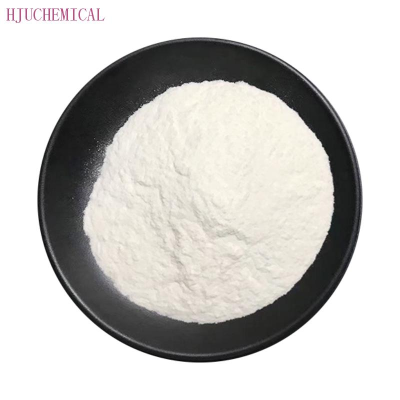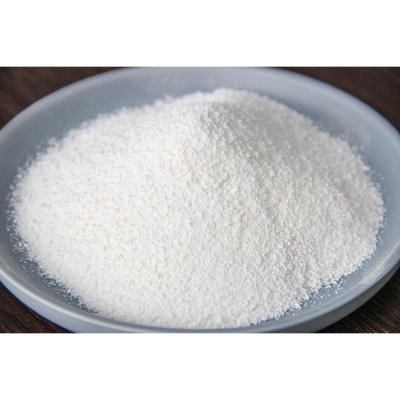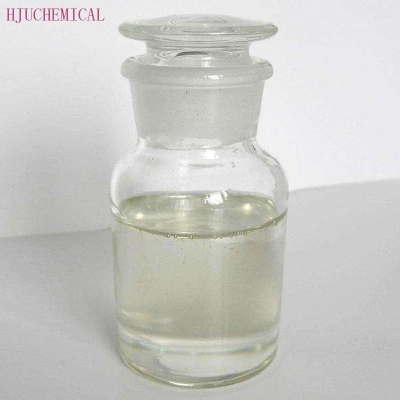-
Categories
-
Pharmaceutical Intermediates
-
Active Pharmaceutical Ingredients
-
Food Additives
- Industrial Coatings
- Agrochemicals
- Dyes and Pigments
- Surfactant
- Flavors and Fragrances
- Chemical Reagents
- Catalyst and Auxiliary
- Natural Products
- Inorganic Chemistry
-
Organic Chemistry
-
Biochemical Engineering
- Analytical Chemistry
-
Cosmetic Ingredient
- Water Treatment Chemical
-
Pharmaceutical Intermediates
Promotion
ECHEMI Mall
Wholesale
Weekly Price
Exhibition
News
-
Trade Service
Fossil fuels have always been the pioneers of plastics, but new research has now detailed a technology that doubles the output of carbon dioxide into ethylene, which is an important part of common plastics in the world
.
Fossil fuels have long been the pioneers of plastics, but new research by the University of Nebraska-Lincoln and its European collaborators will shift the fossil fuel era to carbon dioxide
.
The concentration of carbon dioxide in the atmosphere has increased from 0.
0028% before industrialization to about 0.
0045% today.
This CO2 is almost entirely from the burning of fossil fuels
.
This trend, coupled with the limited supply of fossil fuels, has prompted researchers to explore ways to produce plastics from CO2 instead of fossil fuels—recycling CO2 like plastics.
Vitaly Alexandrov, Nebraska and His colleagues detailed a catalyst-based technology that can convert CO2 into ethylene and double the output, which is an important part of the most common plastic polyethylene
.
Alexandrov, assistant professor of chemical and biomolecular engineering, said: "The conversion of CO2 is very important, which helps to eliminate other harmful substances that cause global warming and the environment
.
" Copper has become a molecular reaction that converts CO2 into plastic polymers.
The main catalyst of, when it is applied with voltage, it will play a role
.
However, some copper-based devices have failed to convert more than 15% of CO2 into ethylene, so the output is too small to meet the needs of industry development
.
Researchers at Swansea University in Wales decided to try coating copper with different polymers to improve efficiency
.
They found that after covering with polyacrylamide polymer, the conversion rate of the copper foam rose from 13% to 26%
.
Subsequently, Alexandrov and postdoctoral researcher Konstantin Klyukin conducted quantum mechanics-based simulations through the Dutch Computing Center in Nebraska to explain why polyacrylamide is more effective than other polymers.
.
They found that polyacrylamide would decompose CO2 and reassemble it into a pair of bonded CO compounds, and then stabilize the new molecule because it drives further chemical reactions—eventually producing ethylene
.
Alexandrov said: “CO2 is very stable because it has double bonds that are very difficult to break.
This is the most challenging part when converting it to other structures
.
You don’t want to spend too much effort to convert it, because it is a low The trade-off of efficiency
.
Even if researchers look forward to further improving its efficiency, they also focus on a larger goal: the direct conversion of CO2 into polyethylene in plastic bags, containers, and films
.
One thing that experimentalists want is from A simple molecule (such as ethylene) synthesizes a very complex molecule in a batch of reactions
.
You put in a carbon dioxide catalyst and you end up with a saleable polymer structure
.
But the structure of these molecules is very complicated
.
This is how we create them The first step
.
"
.
Fossil fuels have long been the pioneers of plastics, but new research by the University of Nebraska-Lincoln and its European collaborators will shift the fossil fuel era to carbon dioxide
.
The concentration of carbon dioxide in the atmosphere has increased from 0.
0028% before industrialization to about 0.
0045% today.
This CO2 is almost entirely from the burning of fossil fuels
.
This trend, coupled with the limited supply of fossil fuels, has prompted researchers to explore ways to produce plastics from CO2 instead of fossil fuels—recycling CO2 like plastics.
Vitaly Alexandrov, Nebraska and His colleagues detailed a catalyst-based technology that can convert CO2 into ethylene and double the output, which is an important part of the most common plastic polyethylene
.
Alexandrov, assistant professor of chemical and biomolecular engineering, said: "The conversion of CO2 is very important, which helps to eliminate other harmful substances that cause global warming and the environment
.
" Copper has become a molecular reaction that converts CO2 into plastic polymers.
The main catalyst of, when it is applied with voltage, it will play a role
.
However, some copper-based devices have failed to convert more than 15% of CO2 into ethylene, so the output is too small to meet the needs of industry development
.
Researchers at Swansea University in Wales decided to try coating copper with different polymers to improve efficiency
.
They found that after covering with polyacrylamide polymer, the conversion rate of the copper foam rose from 13% to 26%
.
Subsequently, Alexandrov and postdoctoral researcher Konstantin Klyukin conducted quantum mechanics-based simulations through the Dutch Computing Center in Nebraska to explain why polyacrylamide is more effective than other polymers.
.
They found that polyacrylamide would decompose CO2 and reassemble it into a pair of bonded CO compounds, and then stabilize the new molecule because it drives further chemical reactions—eventually producing ethylene
.
Alexandrov said: “CO2 is very stable because it has double bonds that are very difficult to break.
This is the most challenging part when converting it to other structures
.
You don’t want to spend too much effort to convert it, because it is a low The trade-off of efficiency
.
Even if researchers look forward to further improving its efficiency, they also focus on a larger goal: the direct conversion of CO2 into polyethylene in plastic bags, containers, and films
.
One thing that experimentalists want is from A simple molecule (such as ethylene) synthesizes a very complex molecule in a batch of reactions
.
You put in a carbon dioxide catalyst and you end up with a saleable polymer structure
.
But the structure of these molecules is very complicated
.
This is how we create them The first step
.
"







